Tight Space? Look at Toy Rotation Using Onsite Storage Units in Melbourne!
Seeing our children playing with their toys is an absolute joy. However, the toys keep piling up. The worst part? Your home barely fits the essentials, and the toys scattered about your living room feel suffocating.
When you get to this point, it is time to do toy rotation. We’ll tell you all about toy rotation, storage tips, how to use an onsite self storage unit for toy rotation, and how to pack toys effectively.
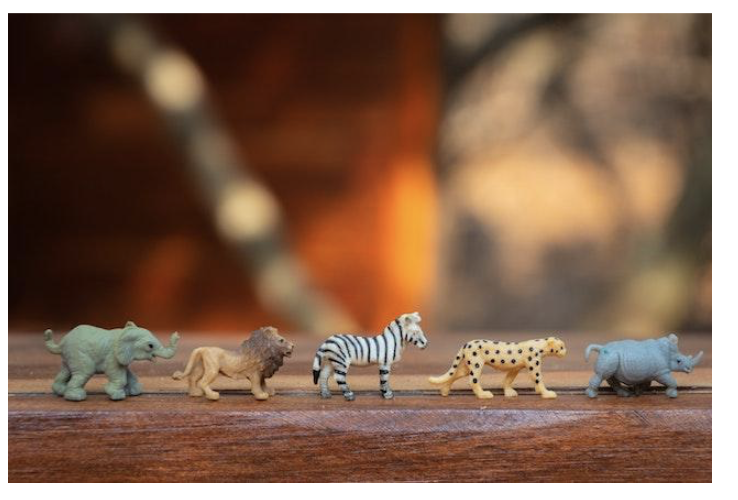
What Is Toy Rotation and What Are the Benefits?
Toy rotation is a decluttering method in which you group toys into groups and switch them around. That way, your children can play with a manageable amount of toys.
The principle of toy rotation is simple, but the benefits you get from this are immense. Here are some of the benefits you will immediately feel;
- Cleaner house with less clutter
- Cut costs because your child won’t get bored easily
- Children will not be overstimulated by a huge amount of toys
- Foster creativity in children because they have to play with the same toys in different ways
- More space for new furniture
Other than the impacts that you can see, there are also some pressures off your shoulders, like no more stress about cleaning every hour, or no more face-palming every month you count your expenditures.
If you are diligent to do the toy rotation, the small effort can change your life in many ways.
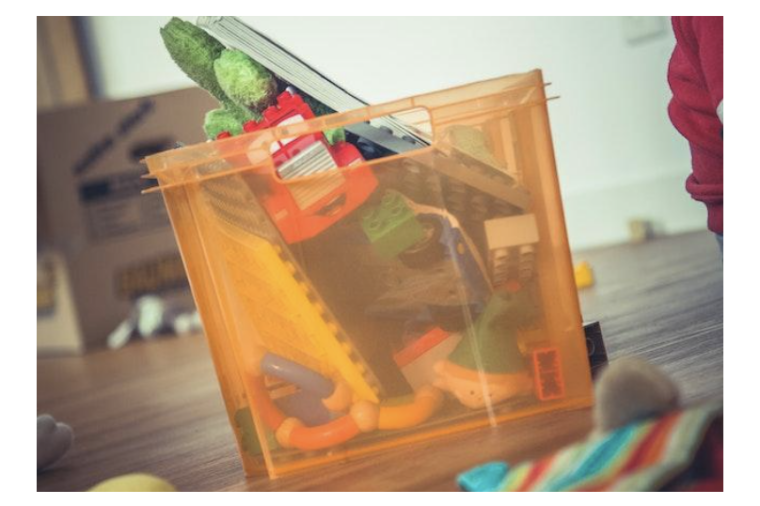
How to Organise All These Different Toys?
Organising is easier said than done, isn’t it?
But, don’t stress. There are ways to make the organising less overwhelming. Let’s see these 5 toy rotation tips.
-
Get Your Boxes Ready
After you have your boxes, label them into different categories. The simplest way to label would be to separate Past (donate/bin), Present (keep), and Future (store).
However, we know that there are thousands of types of toys out there, so you can be more flexible in labelling them.
So, the best thing to do will be to weed out the ones that your children won’t need again, like the ones they have outgrown. Then, put all of the toys in your ‘Past’ box.
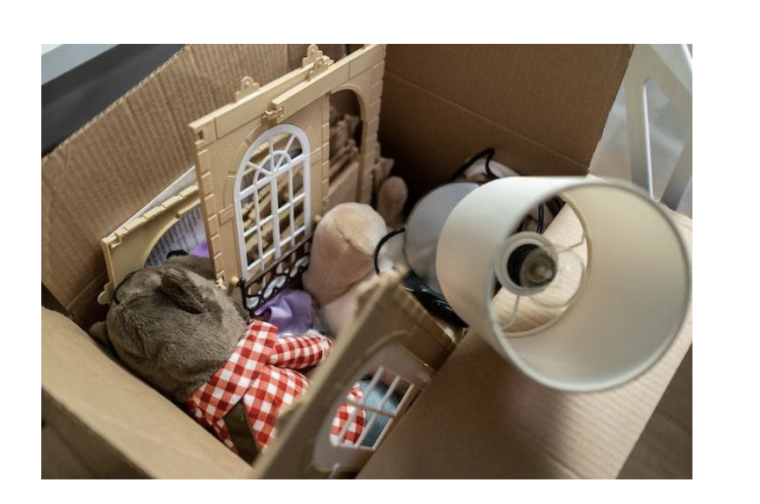
After that, you will have way less to manage. The rest of the toys can be sorted into different categories based on their function, for example;
- Mini piano, drums, ukulele, etc. label the box as ‘Music’
- Legos, miniature houses, blocks, etc. label the box as ‘Building’
- Crayons, drawing books, coloured pencils, etc. label the box as ‘Arts’
- Puzzles, shape sorters, board games, etc. label the box as ‘Thinking’
- Dolls, costumes, mini cars, train sets, etc. label the box as ‘Pretend’
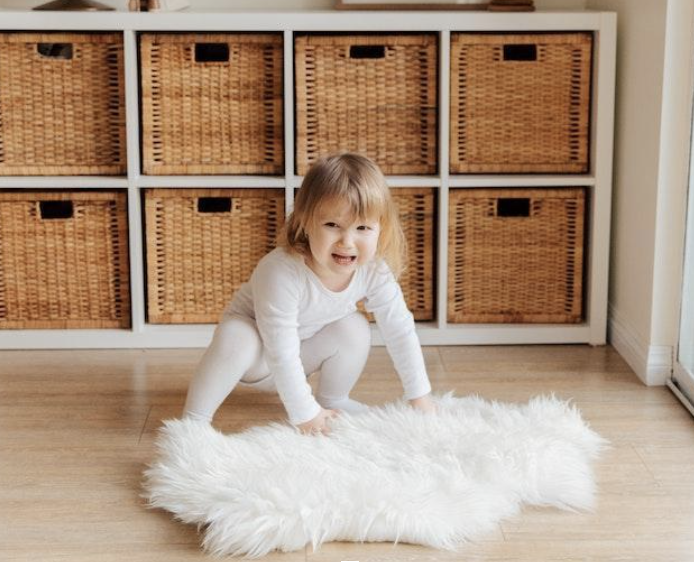
2. Sort The Toys Evenly into Many Boxes
Once all of them are organised, you can put one from each box and divide them evenly into multiple boxes. That way, your children can play with every type of toy in one session.
The key is to sort them evenly. No one box should be fuller than the others. If you put too much in one box, you will repeat the clutter around the house.
Those multiple boxes you have filled can be rotated every week. So, get one box out every week and so on.
3.Store Them in Out of Reach Places
This one is crucial to remember. If the toy boxes are easy for your children to reach, your efforts will be for nothing. Your children will take out all the toys they want and the clutter will be there, again.
Just keep in mind the out-of-sight, out-of-mind approach. Find a place in your house that is high up or unexpected. Some of our suggestions are;
- Under your bed
- In your garage
- On top of your cupboard
- Your office or study (if you have one)
- Attic
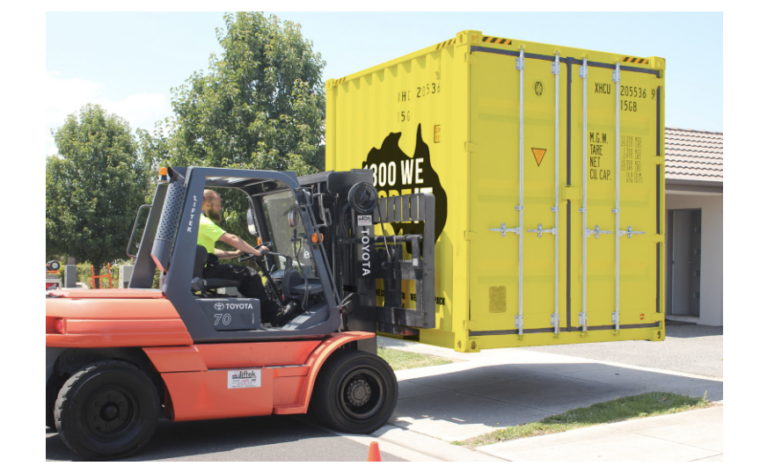
4. Try Onsite Storage Units
If you live in a small house, there might be no extra space to store boxes of toys around. You can barely even fit the sofa. So, what should you do?
The best solution would be to rent tiny mobile self-storage units and store them outside of your house.
Huh, what’s that?
Tiny mobile self storage units are containers for storage purposes. They have two sizes, which are 6 ft and 8 ft. The best thing is, they can be stored outside your house (in the yard or terrace) and not in your way.
Plus, they will be delivered straight to your house, so you don’t have to worry about how to pick up the container.
Due to the excellent material they are made of, the containers can withstand the harsh Melbourne weather. Therefore, there will be no damage to the toys whatsoever.
As for access, these storage units are more like an extra room for you. You can come and leave as you please.
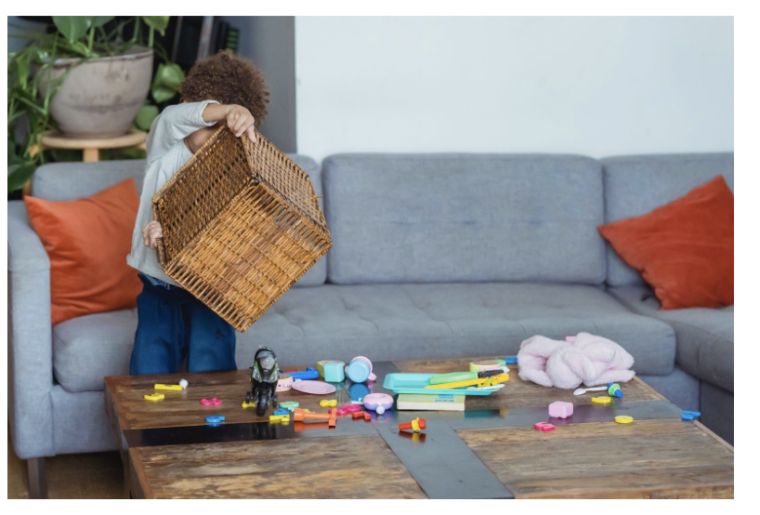
5. Ask Your Child to Participate
This tip is not necessarily about storage, but about how to organise in the long run. As your kids get older, they are more able to shoulder responsibilities, like organising after themselves.
So, you need to nurture the organising spirit in them. Start setting a specific time to organise the toys, then associate the activity with something fun.
For example, every 7 pm, all toys must be back in their box. Then, every time you tidy, you sing a song or dance, even!
Your child will see this activity as something routine and fun to do. That way, they will be more inclined to help you.
Key Takeaways
Doing toy rotation seems like dull, overwhelming work. It is not as dull as we thought, and the rewards for the little efforts are immense!
Toy rotation, if done right, can take the pressures off your shoulders. You can also get more space in your house.
As long as all the toys are organised based on their uses, divided evenly into boxes, and stored in appropriate places, your toy rotation efforts will definitely become successful!
Ready to tackle toy rotation ASAP?
